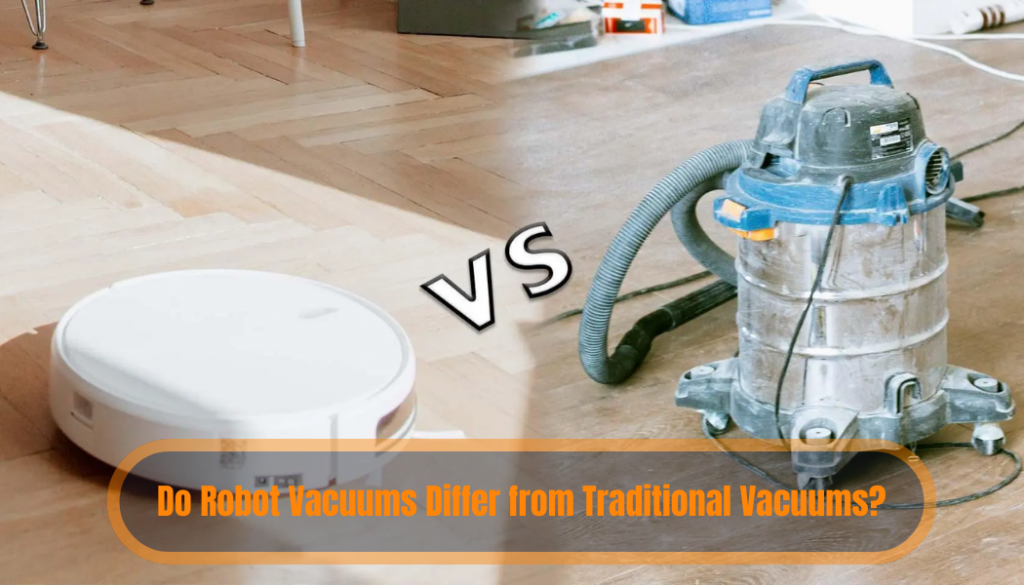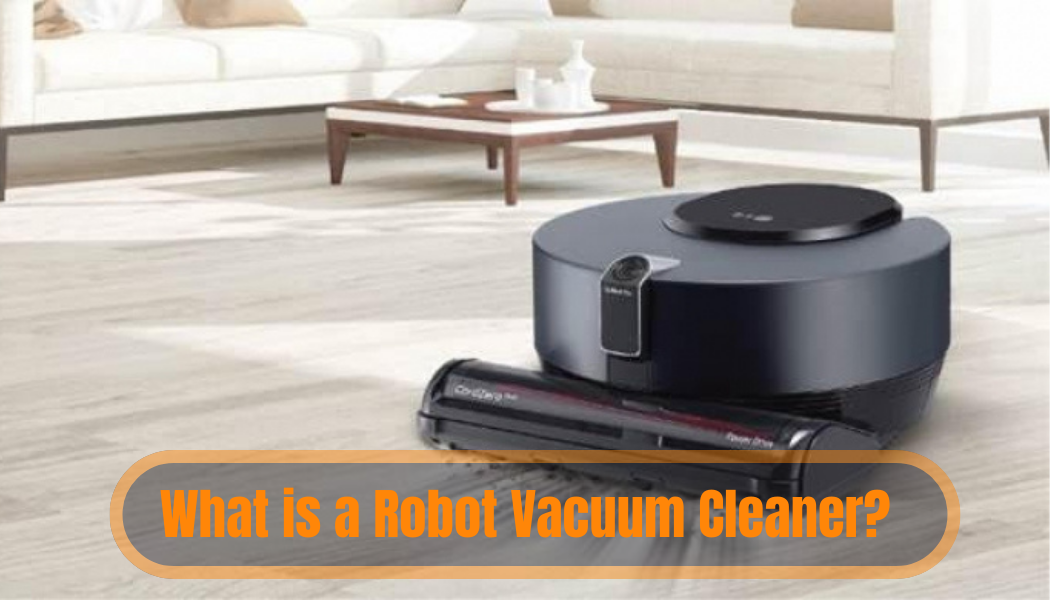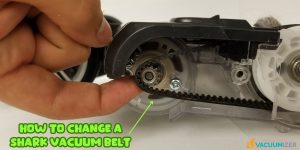Imagine having a helpful companion by your side, always ready to tackle the never-ending task of cleaning your home. Well, meet the robot vacuum cleaner – your tireless assistant in the pursuit of a spotless living space.
Just like a diligent human, this intelligent marvel is designed to navigate your floors, carpets, and corners with finesse. The robot vacuum cleaner effortlessly collects every speck of dirt and debris in its path.
So, no more lugging around heavy vacuums or spending precious time on mundane chores. The robot vacuum cleaner brings a touch of magic to your home as it glides around gracefully. Also, they employ advanced sensors and artificial intelligence to make cleaning a breeze.
So, let’s embark on a journey to uncover the fascinating world of this robotic wonder.
Table of Contents
What is a Robot Vacuum Cleaner?
A robot vacuum cleaner is also known as a robotic vacuum or Robovac. That is an autonomous household cleaning device designed to clean floors and carpets without human intervention.
These robotic devices are equipped with sensors, processors, and various cleaning mechanisms to navigate and clean your home efficiently.
How Does a Robotic Vacuum Work?
A robotic vacuum works through a combination of sophisticated hardware and intelligent software algorithms. Here’s how a typical robot vacuum cleaner works:
1. Sensors:
Robot vacuums are equipped with various sensors, such as infrared sensors, cameras, or laser sensors (LiDAR), that allow them to perceive their surroundings and detect obstacles, walls, furniture, and drops like stairs.
2. Navigation:
The robot vacuum uses its sensors to create a map of your living space, identifying the best routes to clean the area effectively. Some advanced models can even remember the layout of your home for future cleaning sessions.
3. Cleaning Mechanisms:
The robot vacuum typically uses one or more cleaning methods to pick up dirt and debris from the floor. The primary cleaning method is a rotating brush or brushes that sweep dirt into the vacuum’s suction path. Some models may also have additional features like side brushes to clean along walls or corners.
4. Suction Power:
The robot vacuum’s suction power varies depending on the model and brand. Higher suction power allows it to pick up more stubborn debris like pet hair or larger particles effectively.
5. Dirt Collection:
Robot vacuums have a built-in dustbin or dirt compartment where the collected debris is stored. The dustbin can be easily removed and emptied when it gets full.
6. Battery and Charging:
Robot vacuums are powered by rechargeable batteries. When their battery runs low during cleaning, they automatically return to their charging dock to recharge. Once fully charged, they can resume cleaning or wait for the next scheduled cleaning session.
7. Smart Features:
Many robot vacuum cleaners come with smart features and connectivity options. They can be controlled and scheduled through a smartphone app or voice assistants like Amazon Alexa or Google Assistant. Some models also support mapping and virtual boundaries, allowing you to customize cleaning areas or avoid certain zones in your home.
Do Robot Vacuums Differ from Traditional Vacuums?

Yes, robot vacuums differ from traditional vacuums in several ways:
- Autonomy
- Navigation
- Size and Form Facto
- Cleaning Frequency
- Suction Power and Capacity
- Versatility
- Human Interaction
The robot vacuums are designed for convenience and regular maintenance, providing autonomous cleaning capabilities and freeing users from the need to manually vacuum regularly.
However, traditional vacuums are still preferred for intensive cleaning tasks and cleaning surfaces beyond floors, where human-operated cleaning is necessary.
Advantages of Robot Vacuum Cleaners:
- Convenience
- Time-Saving
- Efficient Navigation
- Regular Maintenance
- Versatility
- Scheduling and Smart Features
- Low Profile
- Mopping Capabilities (select models):
Disadvantages of Robot Vacuum Cleaners:
- Limited Cleaning Power
- Inability to Clean Stairs
- Cost
- Maintenance and Repairs
- Map Inaccuracy (select models)
- Noise Levels
- Lack of Versatility (select models)
- Obstacle Handling
Conclusion
A robot vacuum cleaner is a smart and efficient solution to simplify your cleaning routine. With its autonomous operation, advanced sensors, and convenience features.
A robot vacuum can maintain the cleanliness of your home without constant human intervention. Whether you’re a busy individual or want to enjoy more free time, a robot vacuum cleaner is a valuable addition to any modern household.
When selecting one, consider factors like cleaning performance, battery life, navigation, and smart features to find the perfect robot vacuum that suits your needs and keeps your home spotless effortlessly.









